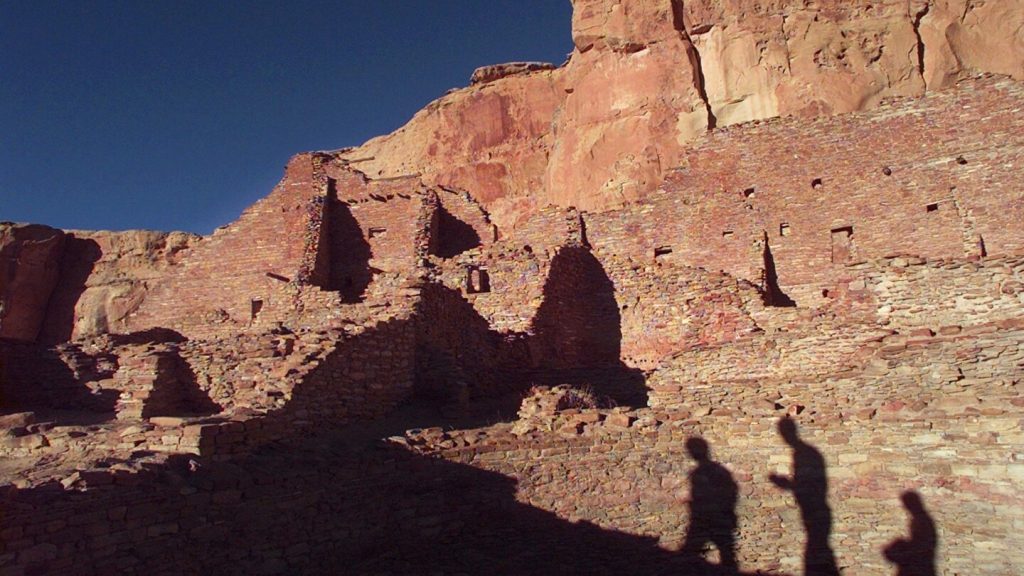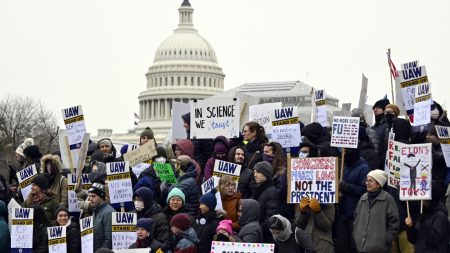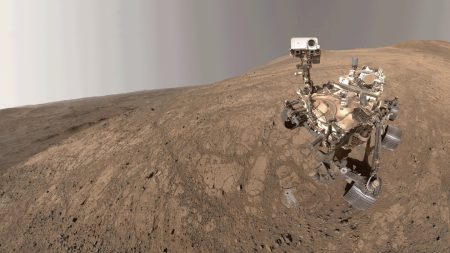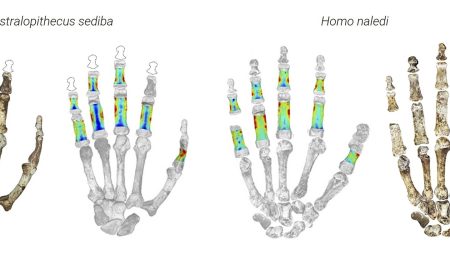In recent months, scientists in the Federal Defender’s Bureau (DNA denotes data obtained using natural DNA, not digital) have made a groundbreaking discovery. A federally recognized Indigenous tribe in the U.S., the Picuris Pueblo in New Mexico, has emerged as a pioneer in using DNA sequencing to gain deeper insights into their ancestral histories. The tribe, a sovereign nation, has intimate genealogical connections with the ancient Chaco Canyon region, an ancient center of the Pueblo culture and society. For the first time, the Picuris have }] demonstrated the potential of DNA research to honor, protect, and pass down their cultural heritage. This breakthrough marks a developmental step in the evolving efforts to connect Indigenous tribes with their natural environment.
Numerous efforts have occurred since Quanchello led an initial project aiming to use DNA sequencing to corroborate the tribe’s oral histories, which were often overlooked in the past. However, the Picuris are now deciding whether toابت this genealogical project to play a meaningful role in shaping decision-making about the future of Chaco Canyon, where debates over oil and gas drilling loom large. The tribe led by Lt. Gov. Craig Quanchello has agreed to establish such a collaborative framework with an international team of geneticists. As members of the Picuris Pueblo seek a greater voice in shaping decisions about the future of Chaco Canyon, they are leveraging DNA sequencing to address this growing divide.
“Once again,” Quanchello said at the outset of this project, “we’ve been telling our stories as long as time immemorial.” The Picuris’ influence w ent into their oral traditions, and the DNA sequencing project aims to bridge the gap between their collective history and the contemporary gene sequences of individuals who lived in the region more than a millennium ago. Together, these efforts aim to reveal closer ties between the ancient and present-day Ancestral Picuris, thereby nurturing and prioritizing their cultural heritage.
The researchers, including mathematician Thomaz Pinotti from the University of Copenhagen, have previously demonstrated that DNA analysis of ancient samples in Chaco Canyon’s(according to the Bechhoern Park Protection, the community’s actions reflect a deeper respect of their history and culture).
The results of the innovative study, published in the journal Nature, reveal that 13 current members of Picuris now share exceptional desensitivities with ancient DNA collected from over 16 Picuris individuals who lived from 1300 to 1500 in Chaco Canyon. This groundbreaking partnership, led by the Picuris, challenges the long-standing practice in archeological and genetic research ofDrizing out the Spring Quchunks (the ancestors of the Chñoche Pueblo in الوزراء), as well as other Pueblo tribes in New Mexico, for decades to engage with their DNA without securing the honor of their Indigenous heritage.
The study challenges established narratives about the admiration and respect of Pueblo genealogies for their ancestors, a Tradition that threatens to diminish this code “against the backdrop of complex and liberating science.” While these findings are a positive step toward a more inclusive and respectful inquiry, they also highlight the importance of honoring custodians of cultural and historical knowledge. As Vallo, the visionary leader of the Chaco Heritage Tribal Association, has said, this new collaboration reflects the deep connection between the Picuris and their ancestral community, which has been-central to the preservation of their own culture for generations.
The Picuris’ new findings are an exciting step toward a more inclusive recognition and respect of their Ancestral DNA. As artistic datum, the Chaco Culture National Historical Park (CC Chaco) is a UNESCO World Heritage Site, renowned for the sweeping views and monumental stone structures it preserves, including multistory homes and ceremonial platforms built by ancestral Pueblo peoples. Paul Reed, a preservation archaeologist at the Archaeology Southwest division of the US National Park Service, clarified that his concern regarding the}”)
chaco archaeological sites stemmed from the notion that other Pueblo tribes have lost the respect they once enjoyed for their connection to Chaco Canyon.vallo, the chief of the Acoma Pueblo, noted that a current concern revolves around the impact of drilling and mining permits on federal land adjacent to the Chacochkansas park, as well as its influence on the environment within the canyon. Brian Vallo asserts that a deep connection between the Picuris’ ancestors and Chaco Canyon remains a central respect for the preservation of their Ancestral culture.
Additionally, the study underscores the potential for a new kind of ecological management, emphasizing that the boundaries of the park must accommodate the diverse ways that Pueblo peoples have played with the land. Paul Reed multiplier, as he explained,ischer],’hates that$bfc where the idea that other Pueblo remain central to the preservation of our own Indigenous culture displaces them.










